Mechanical birth-related trauma to the neonate: An imaging perspective
- PMID: 29356945
- PMCID: PMC5825313
- DOI: 10.1007/s13244-017-0586-x
Mechanical birth-related trauma to the neonate: An imaging perspective
Abstract
Mechanical birth-related injuries to the neonate are declining in incidence with advances in prenatal diagnosis and care. These injuries, however, continue to represent an important source of morbidity and mortality in the affected patient population. In the United States, these injuries are estimated to occur among 2.6% of births. Although more usual in context of existing feto-maternal risk factors, their occurrence can be unpredictable. While often superficial and temporary, functional and cosmetic sequelae, disability or even death can result as a consequence of birth-related injuries. The Agency for Healthcare research and quality (AHRQ) in the USA has developed, through expert consensus, patient safety indicators which include seven types of birth-related injuries including subdural and intracerebral hemorrhage, epicranial subaponeurotic hemorrhage, skeletal injuries, injuries to spine and spinal cord, peripheral and cranial nerve injuries and other types of specified and non-specified birth trauma. Understandably, birth-related injuries are a source of great concern for the parents and clinician. Many of these injuries have imaging manifestations. This article seeks to familiarize the reader with the clinical spectrum, significance and multimodality imaging appearances of neonatal multi-organ birth-related trauma and its sequelae, where applicable. Teaching points • Mechanical trauma related to birth usually occurs with pre-existing feto-maternal risk factors.• Several organ systems can be affected; neurologic, musculoskeletal or visceral injuries can occur.• Injuries can be mild and transient or disabling, even life-threatening.• Imaging plays an important role in injury identification and triage of affected neonates.
Keywords: Cephalopelvic disproportion; Instrumental delivery; Macrosomia; Mechanical trauma; Neonate.
Figures


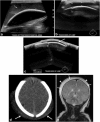
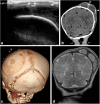





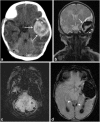
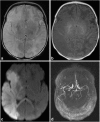

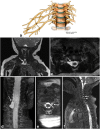
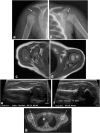





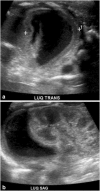
References
Publication types
LinkOut - more resources
Full Text Sources
Other Literature Sources

